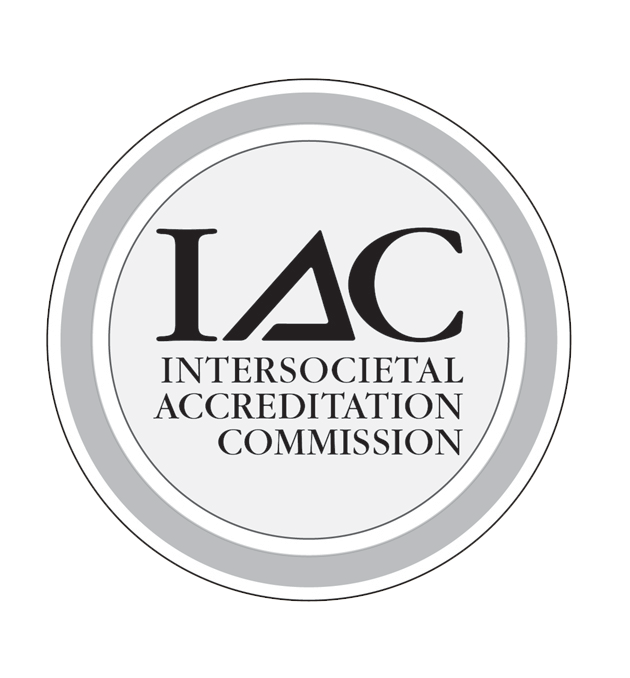
Diagnosis

 CT Scanning of the Arteries (CTA) also provides information about the blood supply to the brain (carotid arteries and vertebral arteries.) However, this technique requires both radiation exposure and injection of contrast into the vein–both of which are safe when done by experts.
A rare technique used to diagnose carotid artery narrowing is an angiogram or arteriogram. This requires insertion of a small tube into the artery in the groin that is passed up to the neck. From there, contrast is injected into the artery and x-ray images are taken which allows the physician to see the narrowing of the carotid arteries. As the other technologies have improved, this technique is rarely used to make the diagnosis of carotid disease in the 21st century.
CT Scanning of the Arteries (CTA) also provides information about the blood supply to the brain (carotid arteries and vertebral arteries.) However, this technique requires both radiation exposure and injection of contrast into the vein–both of which are safe when done by experts.
A rare technique used to diagnose carotid artery narrowing is an angiogram or arteriogram. This requires insertion of a small tube into the artery in the groin that is passed up to the neck. From there, contrast is injected into the artery and x-ray images are taken which allows the physician to see the narrowing of the carotid arteries. As the other technologies have improved, this technique is rarely used to make the diagnosis of carotid disease in the 21st century. Treatment Overview

Medical Management
The use of statin medications to control lipids is important. Additionally, the use of medicine to reduce the “stickiness” of the blood (anti-platelet drugs such as aspirin or Plavix®) is helpful in the medical management of carotid stenosis.
Balloon Angioplasty and Stenting

Surgery
The use of surgery has been long-known to be safe and effective in the management of carotid disease. Through a small incision in the neck, the artery is approached, opened and the plaque scraped out returning the artery to its “normal” size.Which Treatment Option is Best?
All options have been shown to be effective. It is important for the physician to consider all options as each patient may require a different approach. We, at The Cardiovascular Care Group, are well versed in each modality. We will recommend the treatment that is best suited for each individual patient.






